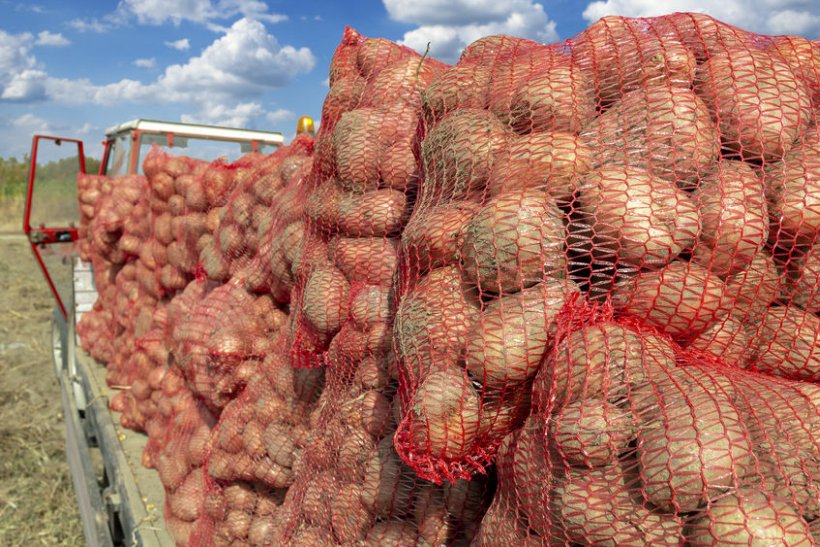
Ministers have been asked by AHDB to consider using residual potato levy funds to support seven industry projects through a grant to GB Potatoes.
The recommendation has been made by AHDB following the wind down of levy payer activities within the potato sector, after growers voted to end the levy in 2022.
GB Potatoes was launched to fill the gaps left following the demise of AHDB Potatoes.
AHDB said its recommendation was supported by the main potato membership organisations, as well as unions.
The seven proposed projects include projects looking at potato blight, aphid monitoring, management tools to tackle viruses, among others.
Letters of support for the proposal have been received from the NFU, the British Potato Trade Association, the Fresh Potato Supplier Association and the Potato Processor’s Association.
Following the sale of AHDB Potatoes’ Sutton Bridge Experimental Unit, the organisation holds around £1.8 million of potato reserves, £400,000 of which needs to be set aside to cover any potential residual liabilities.
The grant is proposed to be tapered over three to five years, reducing each year as GB Potatoes increases its flow of voluntary industry funding. If approved, it will comprise £1.37m over the first three years.
The grant for years four and five could total £426,200, but this would be dependent on a successful review and the availability of sufficient potato funds from the residual liabilities set aside.
The next steps will be to submit a grant proposal and AHDB board recommendation to ministers for their consideration.
Graham Wilkinson, AHDB chief executive said: “In reaching its recommendation to the minister, the board carefully considered a range of options for potato sector funds.
"The GB Potatoes proposals have wide written support from all the main industry membership trade organisations and also meet the AHDB Board’s legal obligation to use levy funds to benefit the sector.
“Grant funding would guarantee support in key areas of industry need over the next few years and give the industry the best chance to develop a self-sustaining voluntary funding model into the future.”
Scott Walker, GB Potatoes chief executive added: “Recent years have witnessed a marked downturn in both seed and ware potato production due to escalating costs and the substantial risks undertaken by growers.
"In response to these challenges, GB Potatoes has been established with the aim of promoting cooperation throughout the potato supply chain.
“Our proposed initiatives are designed to confront industry obstacles, nurturing resilience and are for the benefit of the entire supply chain."
What are the projects?
AHDB's seven proposed projects are:
• Potato Blight Project – addressing the significant threat of potato blight, by monitoring genetic changes and fungicide sensitivity.
• Aphid Monitoring Project – supports national aphid monitoring, providing industry-wide data for decision-making.
• Management Tools to tackle Viruses Project – this project proposes joining Horticulture Crop Protection (HCP) on behalf of the seed sector in order to access essential functions for sustaining high-grade seed production.
• Reputational Management Project – safeguarding the industry's reputation through strategic monitoring, proactive crisis management, centralised coordination, influencer engagement, and media outreach.
• Bridging Information Gap Project – provision of transparent and reliable data on potato cultivation, varieties, and national yield.
• CIPC Residue Monitoring Project – to support the industry providing data to the Chemical Regulation Division (CRD) to assess chlorpropham (CIPC) residues in stores. Failure to submit data risks rendering stores with a CIPC history unusable.
• Updating Nutrient Management (RB209) Project – with the industry always looking to move forward and adopt new practices there is a need to ensure revision of fertiliser recommendations reflect current technologies.
